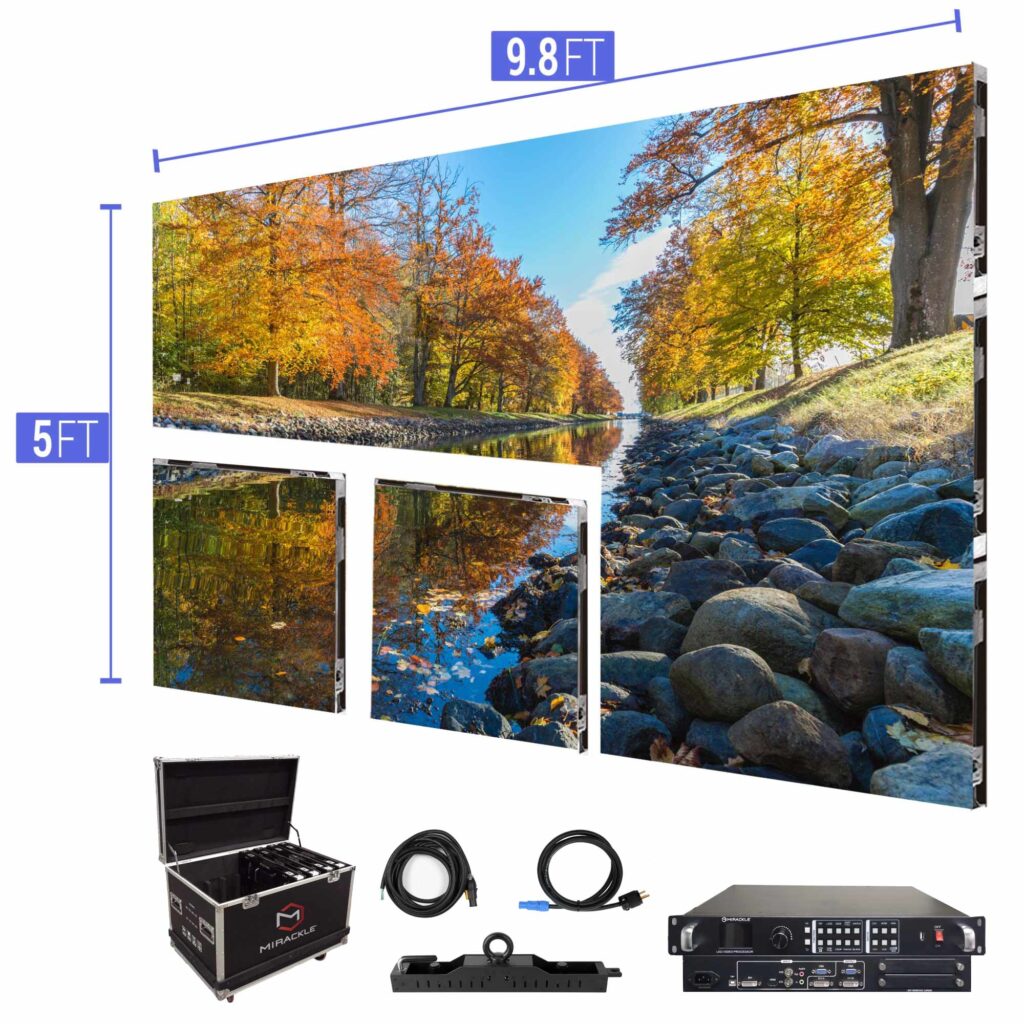A Comprehensive Comparison of Different LED Video Screen Technologies and The Applications
A Comprehensive Comparison of Different LED Video Screen Technologies and The Applications
Blog Article
Light Emitting Diode video screens are more common across different settings, such as concerts, sports events, and business meetings. These large big screens consist of made up of many small LED panels that function collectively to form a cohesive unified visual. Various multiple types of LED video wall technologies available, each with its own features and advantages. Grasping these technologies technologies can help businesses and organizations choose the right solution for their particular needs.
One frequent kind of LED video screen solution is the direct view LED. Such solution uses individual Light Emitting Diode units that are placed near in proximity to form a large screen. Directly viewed Light Emitting Diode walls are known for their elevated luminosity and vibrant hues, which makes them ideal for outdoor events and well-lit lit environments. They also have a broad sight perspective, which means that viewers can view the screen distinctly from different locations. Such renders direct view LED walls a favored option for sports arenas and outdoor events.
A different type of Light Emitting Diode display wall technology is the LED-backlit LCD. Such solution merges traditional LCD displays and Light Emitting Diode illumination to enhance luminosity as well as color accuracy. LED-backlit LCDs are often utilized in interior environments, including shopping centers as well as meeting rooms. They provide excellent image quality and are typically more affordable than directly viewed Light Emitting Diode screens. Nonetheless, they may not perform as effectively in well-lit settings, since the illumination can occasionally dull the hues.
A third option is the OLED video wall. OLED solution offers exceptional contrast and color depth in relation to alternative kinds of screens. Every dot in an Organic Light Emitting Diode display produces its individual luminescence, enabling for genuine blacks and vibrant colors. This makes OLED video walls particularly appealing for applications that require high-quality visuals, including art exhibitions and luxury shopping stores. Nonetheless, OLED technology can be more expensive and may not be as bright as direct view LED walls, making it not suitable for outdoor use.
In addition to the aforementioned options, various additionally various applications for Light Emitting Diode video walls. They can be utilized for promotion, entertainment, and data presentation. For example, businesses commonly utilize Light Emitting Website Diode video walls for electronic advertising to attract clients as well as promote products. Within amusement, they enhance the visual experience at concerts as well as gatherings, providing dynamic backdrops as well as engaging visuals. In corporate settings, Light Emitting Diode display walls can be used for demonstrations, visual conferencing, and educational sessions, helping to communicate information in a aesthetically appealing manner.
In conclusion, LED display screens come in different types, each with its unique advantages and uses. Direct view LED screens are great for outdoor applications, while LED-backlit Liquid Crystal Displays are more suitable for indoor settings. OLED display screens offer exceptional visual quality but may be at a higher cost. Grasping the differences differences can assist organizations to make informed choices about which kind of Light Emitting Diode video screen best satisfies their requirements, whether for promotion, entertainment, and corporate use.